Do you have a question about the Napoleon EPA 1150 and is the answer not in the manual?
Physical measurements and specifications of the appliance.
Technical details including heat output, capacity, and weight.
Key safety and installation guidelines for operation.
Explains how the appliance works and safety precautions.
Details found on the appliance's rating plate.
Proper positioning of the appliance for safe operation and clearances.
Minimum required distances from the appliance to combustible materials.
Specific guidelines for installing the appliance within an alcove.
Requirements for non-combustible floor protection beneath the appliance.
Connecting the appliance to an outside air source for combustion.
Specific procedure for connecting outside air in mobile homes.
Crucial safety and installation guidelines for the chimney system.
How to properly connect the appliance to the chimney.
Guidelines for extending the chimney and maintaining clearances.
Instructions for routing the chimney through a ceiling.
Instructions for routing the chimney through a wall.
Connecting the appliance to an existing masonry chimney.
Procedures for removing and installing the appliance door.
Steps for installing the door and its handle.
How to install the ornamental trivet.
Installing the optional pedestal trim.
Correct placement of internal firebricks and baffles.
Highlights specific features of the 1150 model.
Instructions for installing the optional blower kit.
Guidelines for achieving efficient and clean wood burning.
How to adjust the air control for optimal draft and burn rate.
Recommendations for essential fire safety equipment.
Information on suitable fuels, moisture content, and storage.
Step-by-step guide to safely starting a fire.
How to start a small fire for quick heat generation.
How to achieve a longer, sustained burn from a fire.
Common causes and solutions for appliance smoking issues.
Safe procedures for removing accumulated ashes from the firebox.
Understanding and safely removing creosote buildup in the chimney.
Critical procedures for handling and preventing chimney fires.
Procedures for inspecting and cleaning the chimney system.
Steps for safely replacing the appliance's glass door.
Replacing worn or damaged door and airwash gaskets.
Procedure for replacing the secondary air manifold assembly.
How to properly clean and care for the appliance glass.
Maintenance tips for the appliance's plated surfaces.
Information on fuel types, moisture content, and wood storage.
Diagram and part list for the EPA 1100 model.
Diagram and part list for the EPA 1150 model.
Diagram and part list for the EPA 1400 model.
Diagram and part list for the EPA 1450 model.
Diagram and part list for the EPA 1900 model.
Physical measurements and specifications of the appliance.
Technical details including heat output, capacity, and weight.
Key safety and installation guidelines for operation.
Explains how the appliance works and safety precautions.
Details found on the appliance's rating plate.
Proper positioning of the appliance for safe operation and clearances.
Minimum required distances from the appliance to combustible materials.
Specific guidelines for installing the appliance within an alcove.
Requirements for non-combustible floor protection beneath the appliance.
Connecting the appliance to an outside air source for combustion.
Specific procedure for connecting outside air in mobile homes.
Crucial safety and installation guidelines for the chimney system.
How to properly connect the appliance to the chimney.
Guidelines for extending the chimney and maintaining clearances.
Instructions for routing the chimney through a ceiling.
Instructions for routing the chimney through a wall.
Connecting the appliance to an existing masonry chimney.
Procedures for removing and installing the appliance door.
Steps for installing the door and its handle.
How to install the ornamental trivet.
Installing the optional pedestal trim.
Correct placement of internal firebricks and baffles.
Highlights specific features of the 1150 model.
Instructions for installing the optional blower kit.
Guidelines for achieving efficient and clean wood burning.
How to adjust the air control for optimal draft and burn rate.
Recommendations for essential fire safety equipment.
Information on suitable fuels, moisture content, and storage.
Step-by-step guide to safely starting a fire.
How to start a small fire for quick heat generation.
How to achieve a longer, sustained burn from a fire.
Common causes and solutions for appliance smoking issues.
Safe procedures for removing accumulated ashes from the firebox.
Understanding and safely removing creosote buildup in the chimney.
Critical procedures for handling and preventing chimney fires.
Procedures for inspecting and cleaning the chimney system.
Steps for safely replacing the appliance's glass door.
Replacing worn or damaged door and airwash gaskets.
Procedure for replacing the secondary air manifold assembly.
How to properly clean and care for the appliance glass.
Maintenance tips for the appliance's plated surfaces.
Information on fuel types, moisture content, and wood storage.
Diagram and part list for the EPA 1100 model.
Diagram and part list for the EPA 1150 model.
Diagram and part list for the EPA 1400 model.
Diagram and part list for the EPA 1450 model.
Diagram and part list for the EPA 1900 model.
| Brand | Napoleon |
|---|---|
| Model | EPA 1150 |
| Category | Indoor Fireplace |
| Language | English |
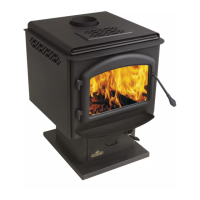
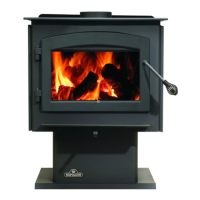
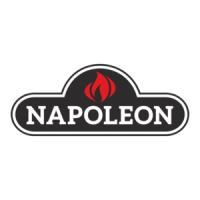


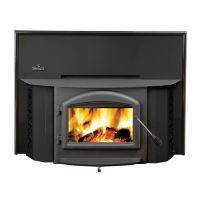
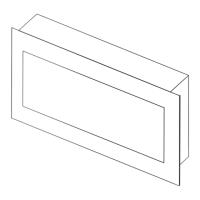
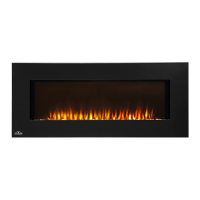

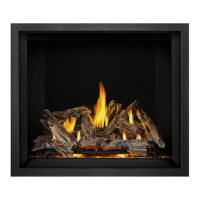
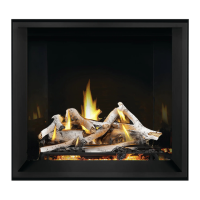
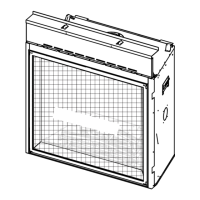
